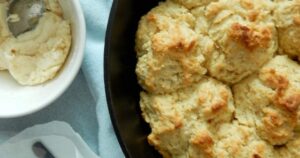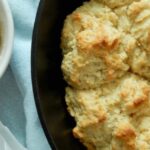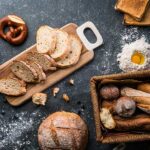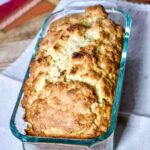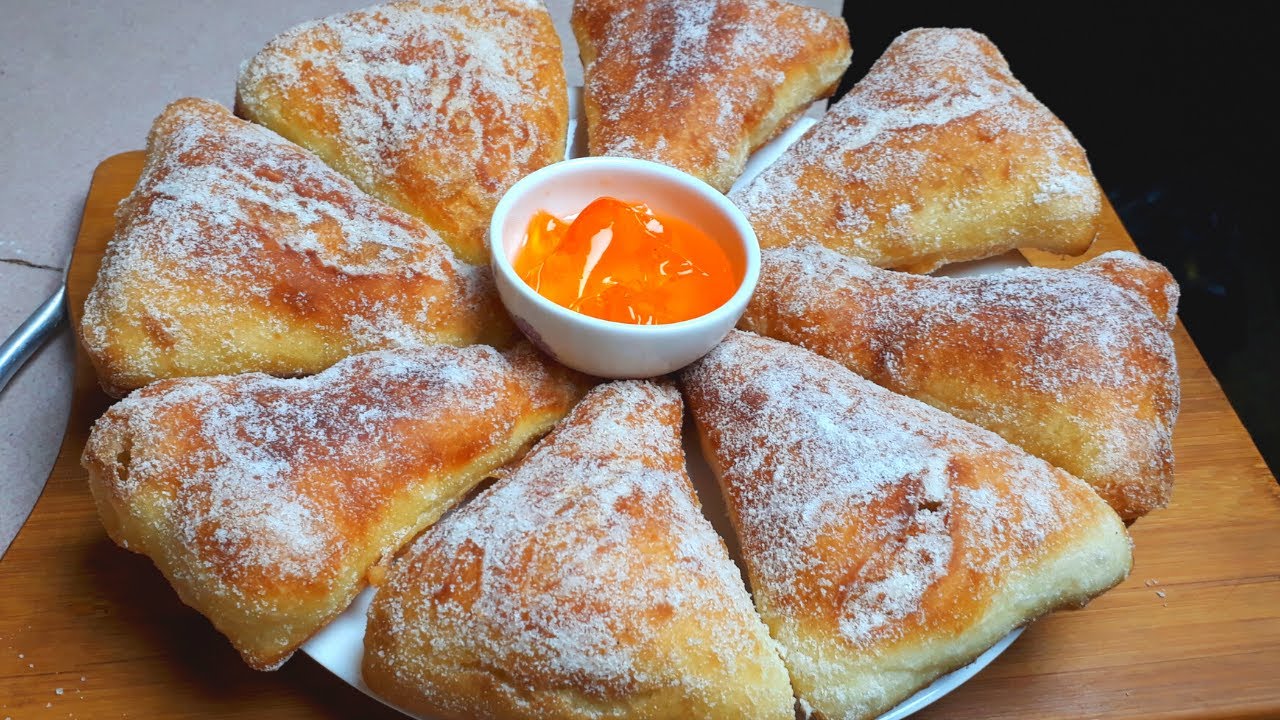When you mix eggs and flour, a fascinating transformation occurs as these two basic ingredients interact to create a versatile foundation for countless recipes. This mixture, simple as it seems, is a cornerstone in both baking and cooking, offering structure, texture, and flavor depending on how it’s combined and used. The reaction between eggs and flour varies based on the ratio, technique, and additional ingredients, resulting in a wide range of culinary creations such as pasta dough, pancake batter, bread, and pastries. Let’s break down what happens when these ingredients come together.
The Role of Flour
Flour, particularly all-purpose or wheat flour, is primarily made up of starch and proteins—glutenin and gliadin—that form gluten when mixed with a liquid. Gluten is responsible for providing structure and elasticity in doughs and batters. When flour is mixed with eggs, the proteins and starches in the flour absorb the liquid content, forming a network that holds the mixture together. Depending on how much the mixture is worked or kneaded, gluten formation can either remain minimal (for soft, tender results) or develop extensively, leading to a firm, elastic texture.
The Role of Eggs
Eggs are a multitasking powerhouse in the culinary world. They act as a binding agent, emulsifier, leavening agent, and source of moisture. The protein content in eggs helps add structure, while the fats in the yolks contribute to tenderness and richness. Additionally, the water in eggs hydrates the flour, allowing the gluten to form. Egg whites, when beaten, can introduce air into the mixture, creating light and airy textures in certain baked goods. The combination of yolks and whites also adds flavor and color, giving the final product a golden hue.
Mixing Techniques Matter
How you mix eggs and flour can significantly affect the final result. Here are some common mixing methods and what they produce:
- Simple Stirring:
If you stir eggs and flour together without extensive mixing, you’ll create a thick, lumpy batter or dough. This technique is common for pancake batter or muffin mixtures, where overmixing is avoided to prevent excessive gluten development. The result is soft and tender with a slight chew. - Whisking or Beating:
When eggs are beaten before being added to flour, they introduce air into the mixture. This technique is often used in cakes, leading to a lighter and more tender texture. The gluten formation is minimized by the presence of air and fats, resulting in a delicate crumb. - Kneading:
Kneading eggs and flour together creates a firm dough, typical in pasta making. As the dough is worked, the gluten network strengthens, producing elasticity and a chewy texture that holds its shape well when cooked. The more you knead, the firmer and smoother the dough becomes. - Gradual Incorporation:
For delicate pastries like choux pastry or pâte à choux, eggs are added gradually to a flour-based mixture. This controlled incorporation helps achieve a balanced consistency for items like éclairs or cream puffs, where a crisp exterior and soft interior are key.
Common Culinary Creations
Here’s what happens when eggs and flour meet in different culinary contexts:
- Pasta Dough:
Pasta dough is a simple combination of flour and eggs, often without additional liquid. The eggs provide moisture, while the flour forms a strong gluten network. Kneading the dough develops the elasticity needed to roll it into thin sheets for various pasta shapes. - Bread and Rolls:
While eggs are not always a part of traditional bread dough, when they are added, they enrich the dough, resulting in softer, richer bread. Brioche and challah are perfect examples of bread that incorporate eggs for a tender crumb and golden color. - Cakes and Muffins:
In cake batter, eggs provide structure and moisture, while flour forms a network that supports the batter. The ratio of eggs to flour affects whether the cake is dense or light. The technique used—such as creaming or folding—also plays a role in the final texture. - Pancakes and Crepes:
Pancakes and crepes rely on a balance between eggs and flour for structure and flexibility. Eggs help create a cohesive batter that doesn’t fall apart when cooked, while flour thickens the mixture and provides chewiness. Crepes, with a higher egg-to-flour ratio, are thin and pliable, whereas pancakes are thicker and fluffier. - Pastry Dough:
Egg-enriched pastry doughs, such as pâte brisée or pâte sucrée, benefit from the binding properties of eggs, resulting in a crumbly, tender texture. The flour forms a sturdy base, while eggs add richness and color.
What Happens on a Chemical Level
When flour and eggs are mixed, hydration begins immediately. The proteins in the flour bond with water molecules in the eggs, activating gluten formation. Simultaneously, the proteins in the egg coagulate when heated, creating a firm structure that sets the shape of the final product. Starches in the flour gelatinize during baking or cooking, adding body and stability. These chemical reactions are essential for achieving the desired texture, whether it’s the chewiness of fresh pasta or the delicate crumb of a cake.
Tips for Perfect Mixing
- Avoid Overmixing: For tender baked goods, stir just until the ingredients come together. Overmixing leads to excessive gluten development and can make the final product tough.
- Use Room-Temperature Eggs: Room-temperature eggs mix more easily with flour, ensuring a smooth, cohesive mixture.
- Control the Ratio: The balance of eggs and flour affects the outcome—experiment to achieve the perfect texture for your recipe.
Conclusion
Mixing eggs and flour is a fundamental process in cooking and baking that transforms two basic ingredients into endless possibilities. Understanding how these ingredients interact helps you achieve the desired texture and consistency for any recipe, from tender cakes to elastic pasta dough. With the right technique and ratio, you can unlock the full potential of this versatile combination.

